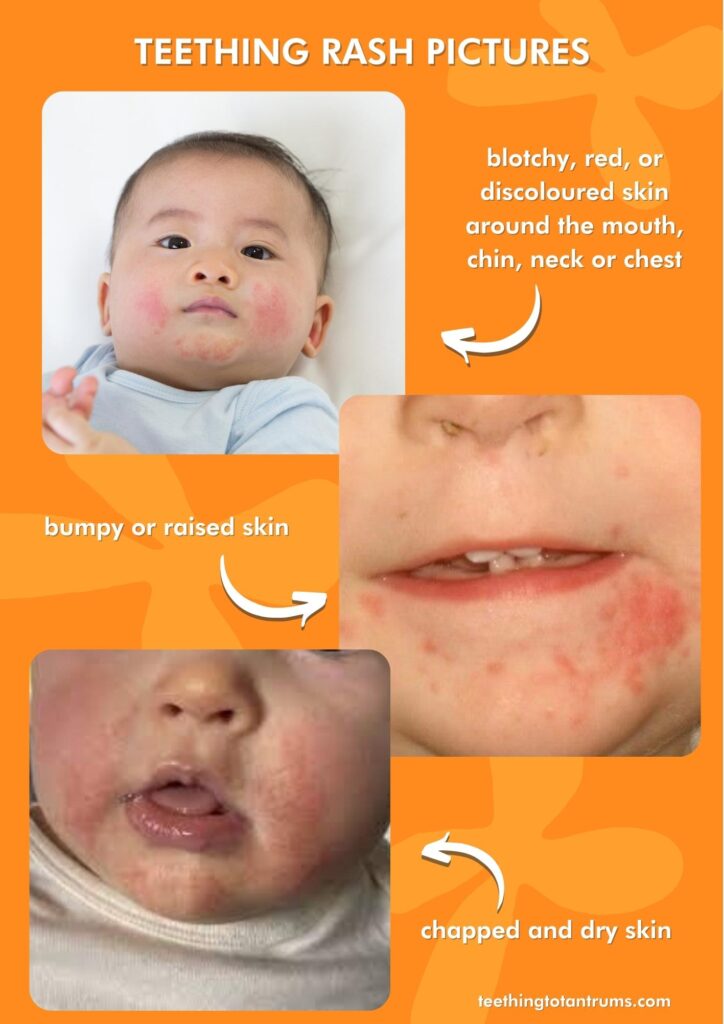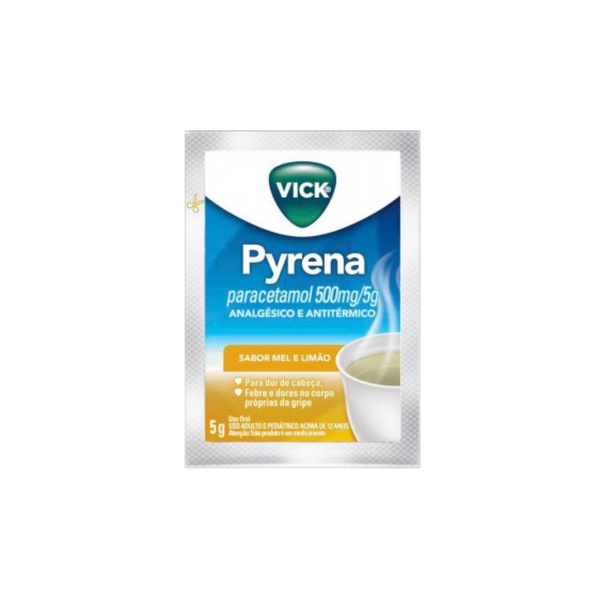Teething Relief: Soothe Rash On Cheeks

The process of teething can be a challenging time for infants, as they experience discomfort and pain due to the emergence of their baby teeth. One common issue that arises during this period is the development of a rash on the cheeks, which can be distressing for both the child and their parents. Understanding the causes of this rash and exploring effective relief methods is essential to provide comfort and alleviate the symptoms.
Causes of Teething Rash on Cheeks
The rash that appears on a child’s cheeks during teething is primarily caused by the drooling that accompanies this process. As teeth begin to erupt, babies often produce excessive saliva, which can lead to skin irritation. The constant dripping of saliva onto the skin can cause redness, inflammation, and the formation of a rash, particularly on the cheeks and chin. Additionally, the act of chewing on objects, such as teething toys or fingers, can also contribute to the development of this rash.
Symptoms of Teething Rash
The symptoms of teething rash on the cheeks can vary, but common signs include:
- Redness and inflammation of the skin
- Small, raised bumps or blisters
- Itching or burning sensations
- Dry, chapped skin
- Increased sensitivity to touch or temperature changes
Relief Methods for Teething Rash
Fortunately, there are several effective methods to provide relief from teething rash on the cheeks. These include:
1. Gently Cleansing the Affected Area
Using a soft, clean cloth to wipe away excess saliva and any irritants from the skin can help to reduce the appearance of the rash. It’s essential to be gentle when cleaning the area to avoid further irritating the skin.
2. Applying a Protective Barrier
Applying a thin layer of a protective barrier, such as petroleum jelly or a fragrance-free lotion, can help to shield the skin from further irritation. This can also aid in locking in moisture and reducing dryness.
3. Using Cold Compresses
Applying a cold, damp cloth to the affected area can help to reduce inflammation and provide relief from discomfort. This can be especially effective when used in conjunction with other relief methods.
4. Offering Teething Toys
Providing teething toys or objects for the child to chew on can help to redirect their attention away from their cheeks and reduce the amount of saliva that comes into contact with the skin. Look for toys made from safe, non-toxic materials, such as silicone or wood.
5. Maintaining Good Hygiene
Ensuring that the child’s hands and face are kept clean can help to reduce the risk of infection and prevent the spread of bacteria. Wash the child’s hands frequently, especially after meals and before naps.
Home Remedies for Teething Rash
In addition to the relief methods mentioned above, there are several home remedies that can be used to help soothe and calm teething rash on the cheeks. These include:
- Aloe vera gel: Aloe vera has anti-inflammatory properties that can help to reduce redness and soothe irritated skin.
- Coconut oil: Coconut oil can help to moisturize and nourish the skin, reducing dryness and irritation.
- Oatmeal baths: Oatmeal has anti-inflammatory and soothing properties that can help to calm irritated skin and reduce itching.
FAQs About Teething Rash
How long does teething rash typically last?
+Teething rash can last anywhere from a few days to several weeks, depending on the individual child and the severity of the rash.
Can teething rash be prevented?
+While it may not be possible to completely prevent teething rash, keeping the child's skin clean and dry, and using protective barriers can help to reduce the risk of developing a rash.
Are there any over-the-counter treatments available for teething rash?
+Yes, there are several over-the-counter treatments available, such as topical creams and ointments, that can help to soothe and calm teething rash. However, it's essential to consult with a pediatrician before using any new products on the child's skin.
In conclusion, teething rash on the cheeks can be a distressing issue for both children and parents. However, by understanding the causes and symptoms of this condition, and exploring effective relief methods and home remedies, it’s possible to provide comfort and alleviate the symptoms. If the rash persists or worsens, it’s crucial to consult with a pediatrician to rule out any underlying conditions that may be contributing to the rash.
